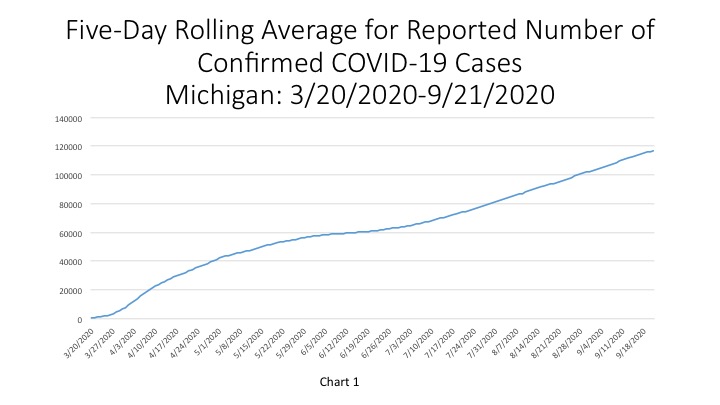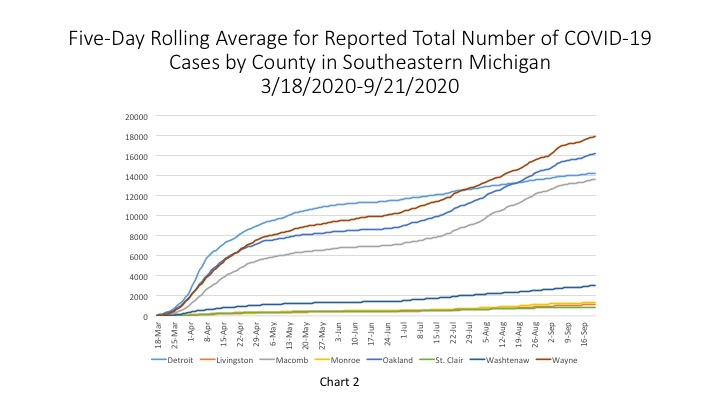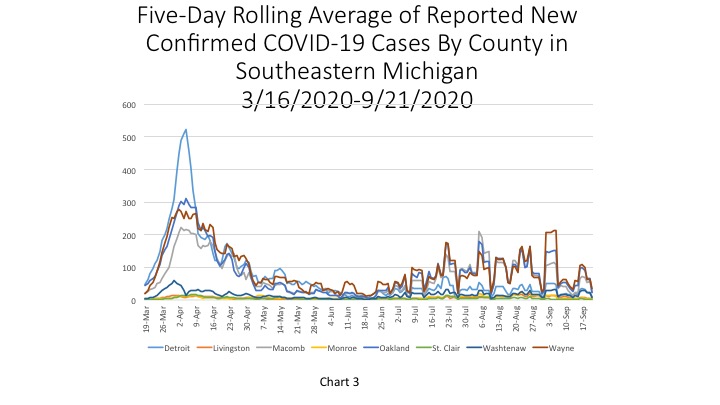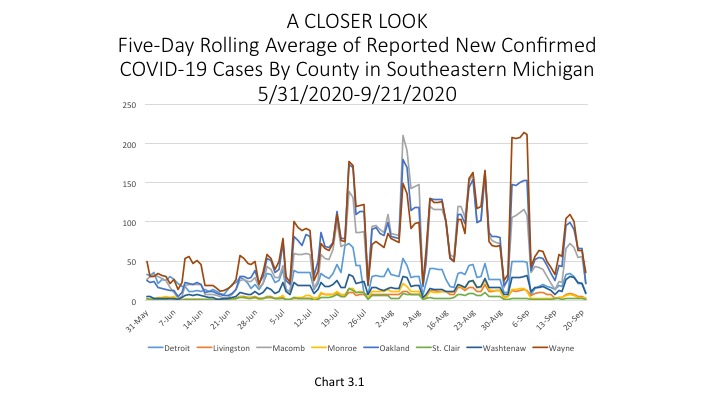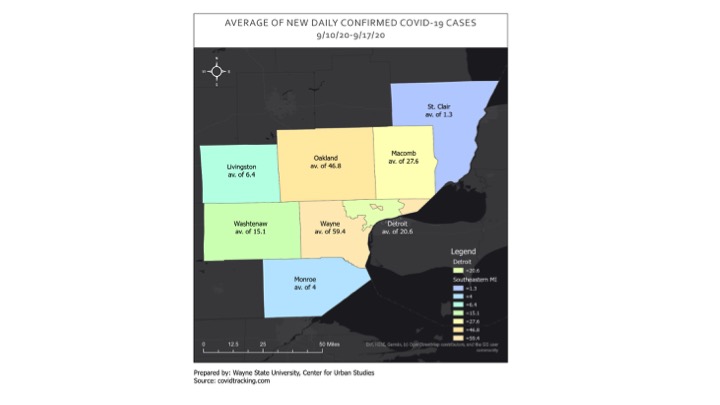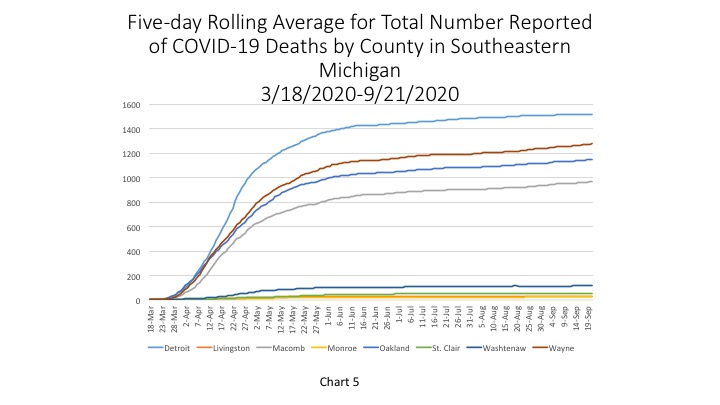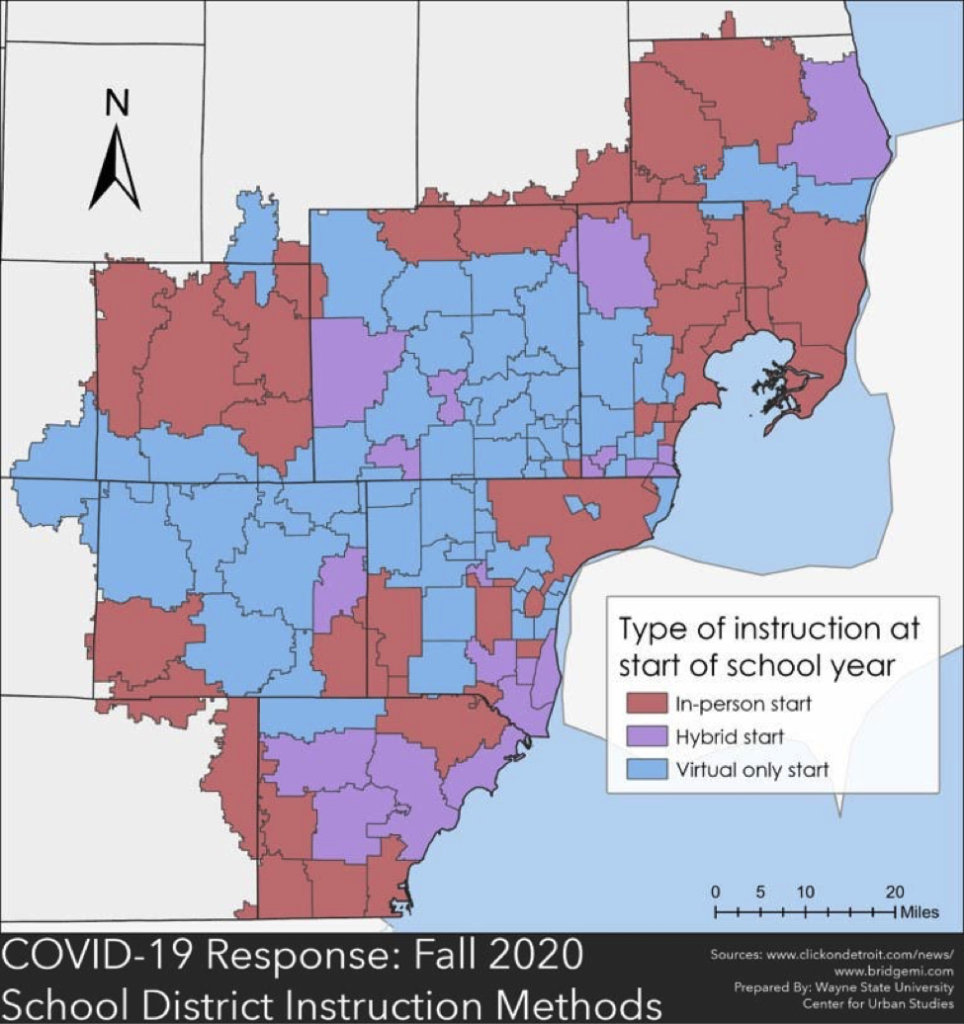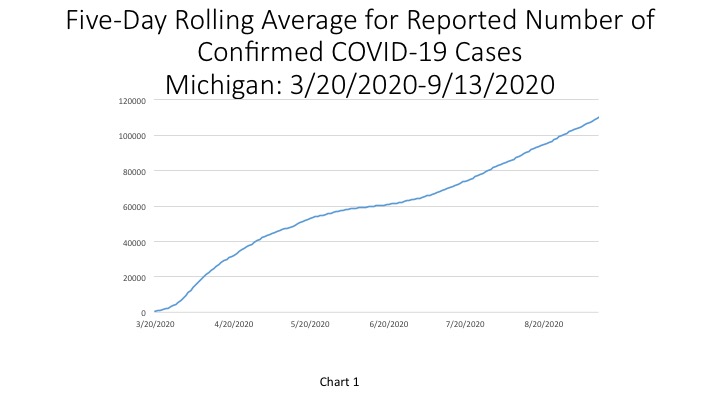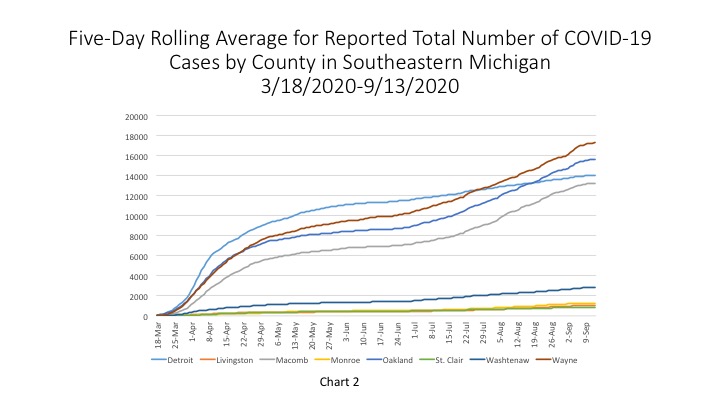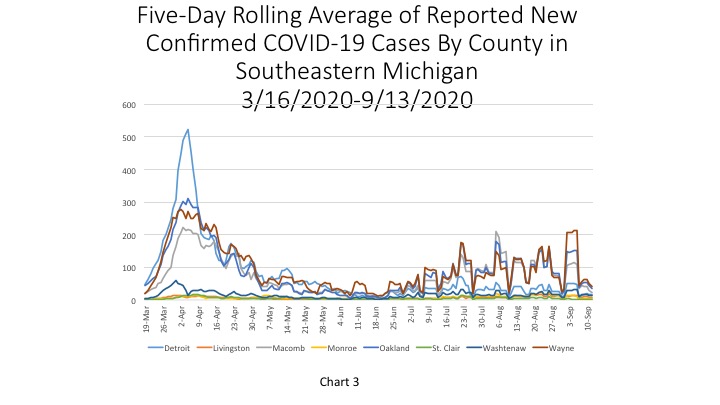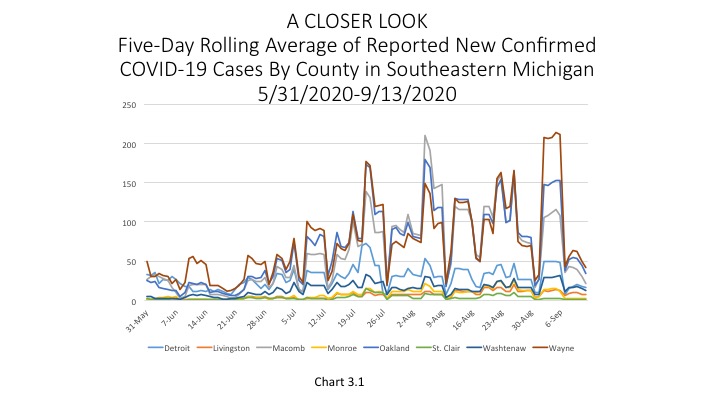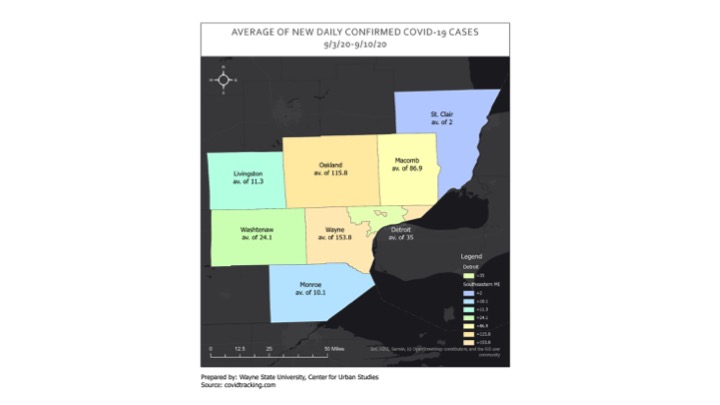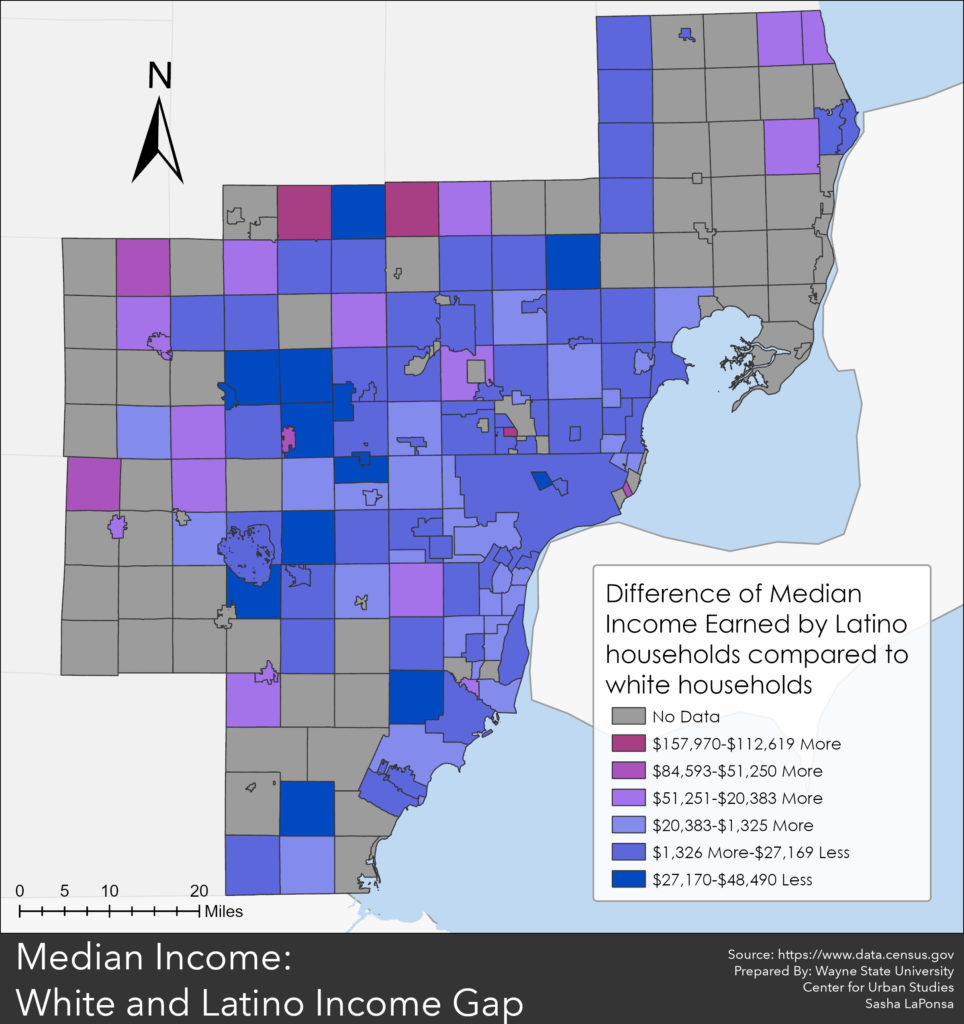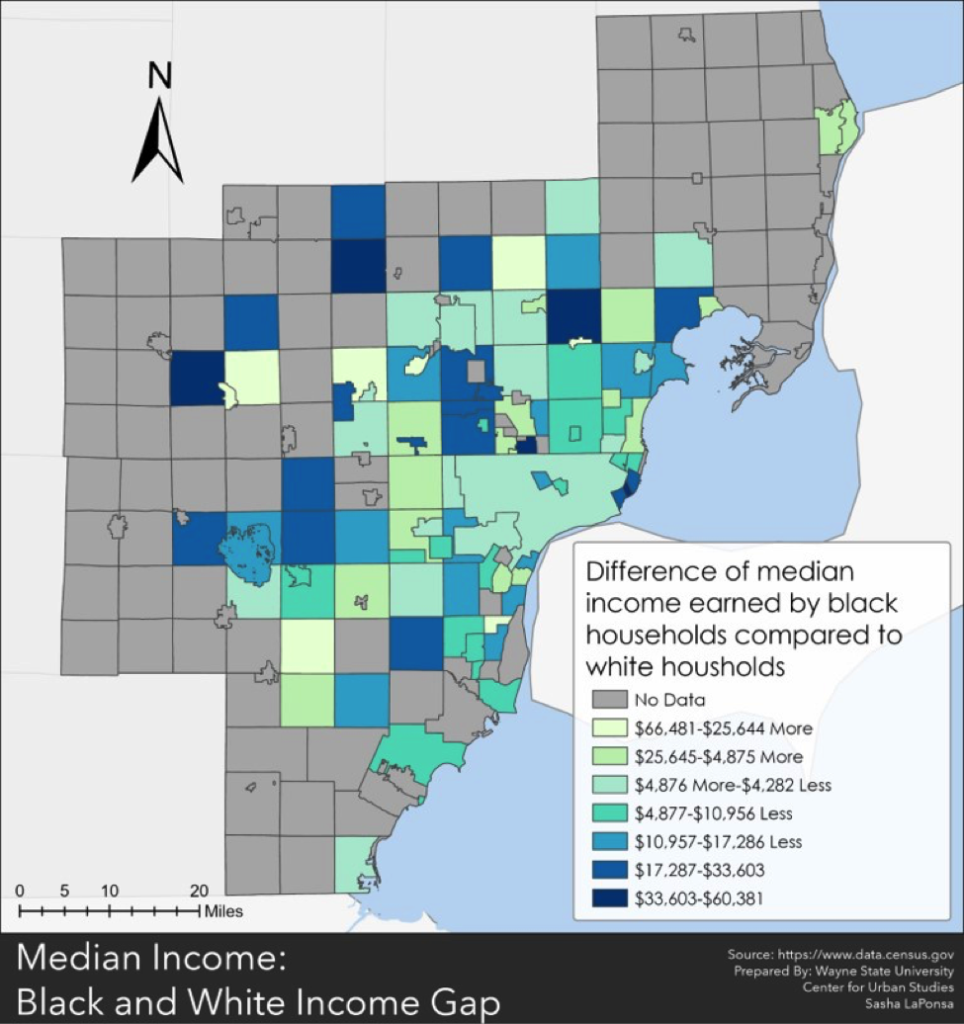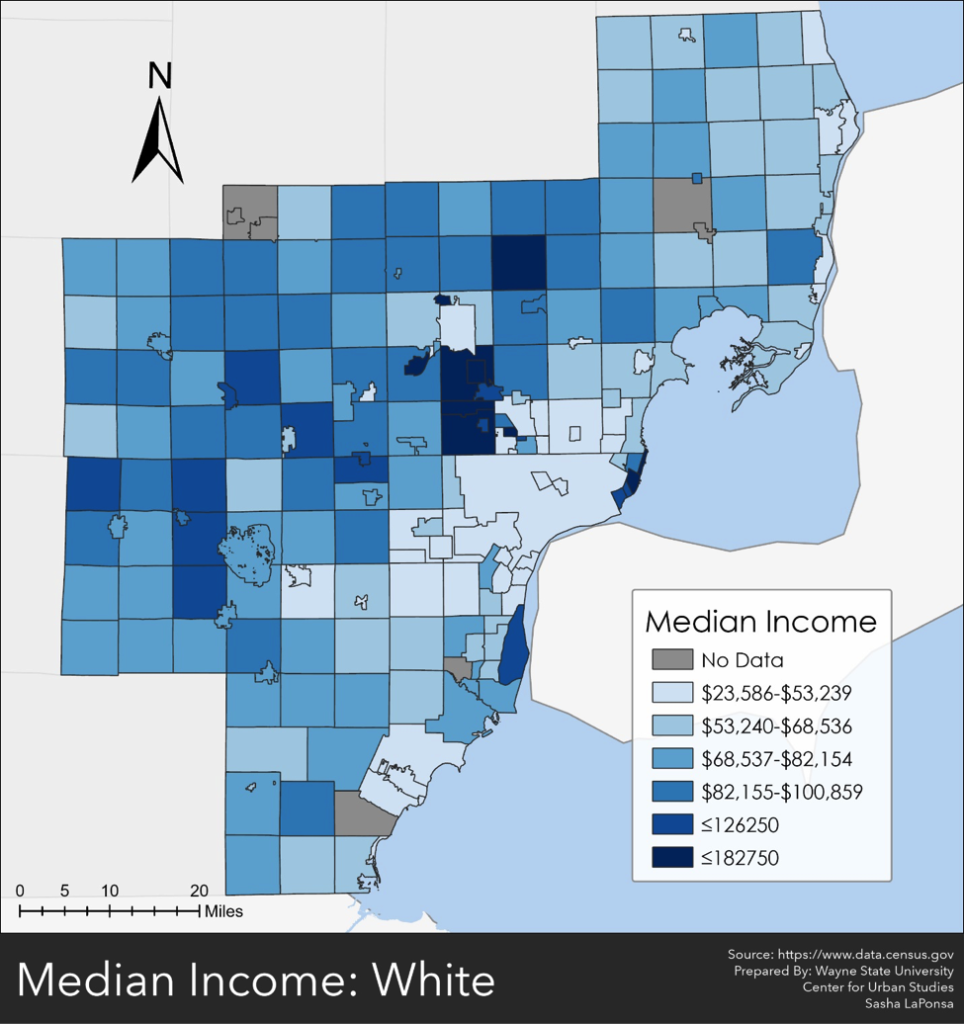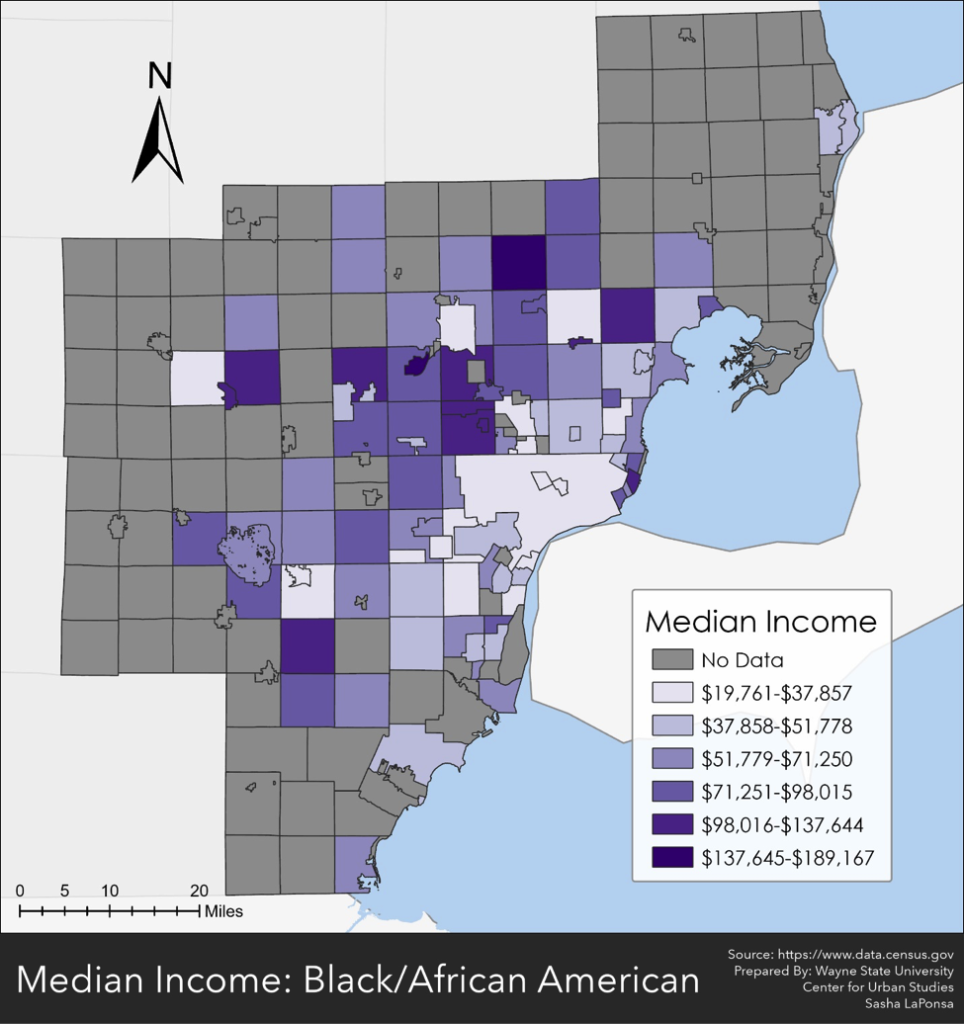What city in Southeastern Michigan has the most police protection per capita? Grosse Pointe Shores, Bloomfield Hills and Belleville do. Respectively, those three communities have the highest number of sworn law enforcement officers per capita. According to data based on FBI reports there were 619 officers per capita (per 100,000 people) in Grosse Pointe Shores, 599 in Bloomfield Hills and 596 in Belleville in 2018. This compares to raw data showing there were 18 sworn law enforcement offices in Grosse Pointe Shores in 2018, 24 in Bloomfield Hills and 23 in Belleville. Examining data on a per capita basis allows us to see a more level playing field, so while Grosse Pointe Shores has far fewer citizens than other cities, examining data on a per capita basis allows us see that that city put a high value on law enforcement as part of their budget priorities.
In Southeastern Michigan the City of Detroit had the highest number of sworn law enforcement officers in 2018 at 3,019, according to the most recent data available. Detroit is also the largest city in the State of Michigan with more than 600,000 residents. In the City of Detroit, per 100,000 people, there were 357 law enforcement officers, just 57.6 percent of Grose Point Shores. To be sure, some Detroiters might wish to have more officers, but their budget is unlikely to support more. Regionally, the City of Detroit ranked fourth in terms of the number of sworn law enforcement officers per 100,000 people. According to governing.com, the average number of officers for a community with more than 500,000 citizens is 240 per 100,000 people; for communities with between 25,000 and 50,000 citizens that number is 151 officers per 100,000 people and it is 166 officers per 100,00 people for communities with between 50,000 and 100,000 people. When comparing the Detroit and Governing data, both from 2018, it shows that Detroit had more officers than the national average.
When examining the number of communities in the region with the lowest numbers of officers per capita the data shows that Capac, Waterford and Highland Park had the three lowest numbers in Southeastern Michigan. According to the data, in Capac there were 67 sworn officers per 100,000 people in 2018, Waterford there 74, and in Highland Park there 84. When looking at this in just raw data, Capac had 1 law enforcement officer, Waterford Township had 54 and Highland Park had 9.
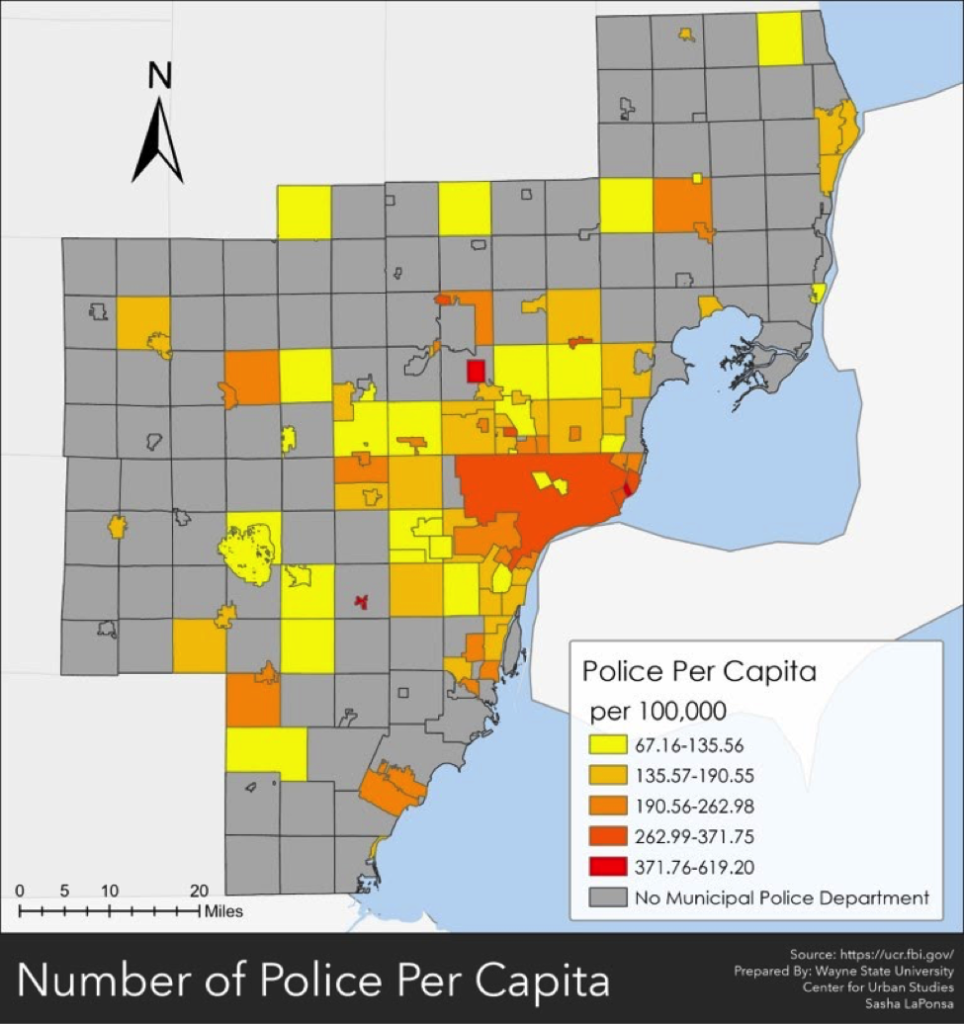
In addition to the map above showing the number of law enforcement officers per capita at the municipal level for communities with a dedicated local police department it also highlights how many communities do not have a dedicated police department. The communities in grey do not have a dedicated police department and instead are patrolled by a neighboring community, if a contract is entered into, or by the local sheriff’s department. In some cases, such as in Macomb Township, although there isn’t a local department, the township does have a contract with the Macomb County Sheriff’s Department to ensure a dedicated number of officers patrol the area at all times. The map above also highlights how most of the inner-city suburbs have local police departments, with some of the highest number of officers per capita, while the communities on the outskirts of the region, which are typically more rural with fewer people, tend to not have a dedicated department or patrol.
Understanding the number of officers a community has on a per capita level helps determine what its overall priorities may be. While in general, police departments receive funding from the general fund, special tax levies are sometimes approved to help financially support them. How much money a department receives from the general fund, and if a special levy is approved to further support it directly, shows the value a community places on a police department and its services. However, community values around safety are beginning to shift, especially as of late. While public funds can be used for more officers, they can also be allocated to increased spending on mental health programs, educational programs and other areas that are also shown to help keep a community safe.
